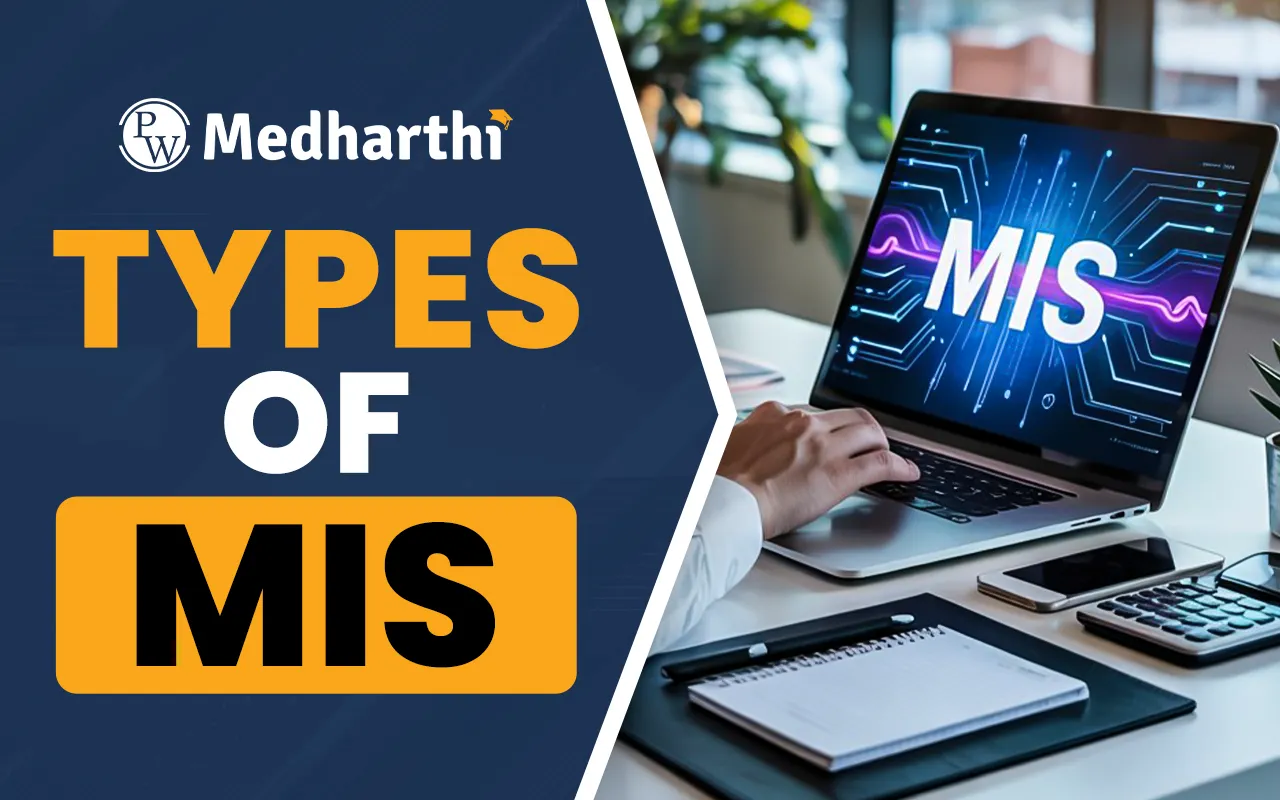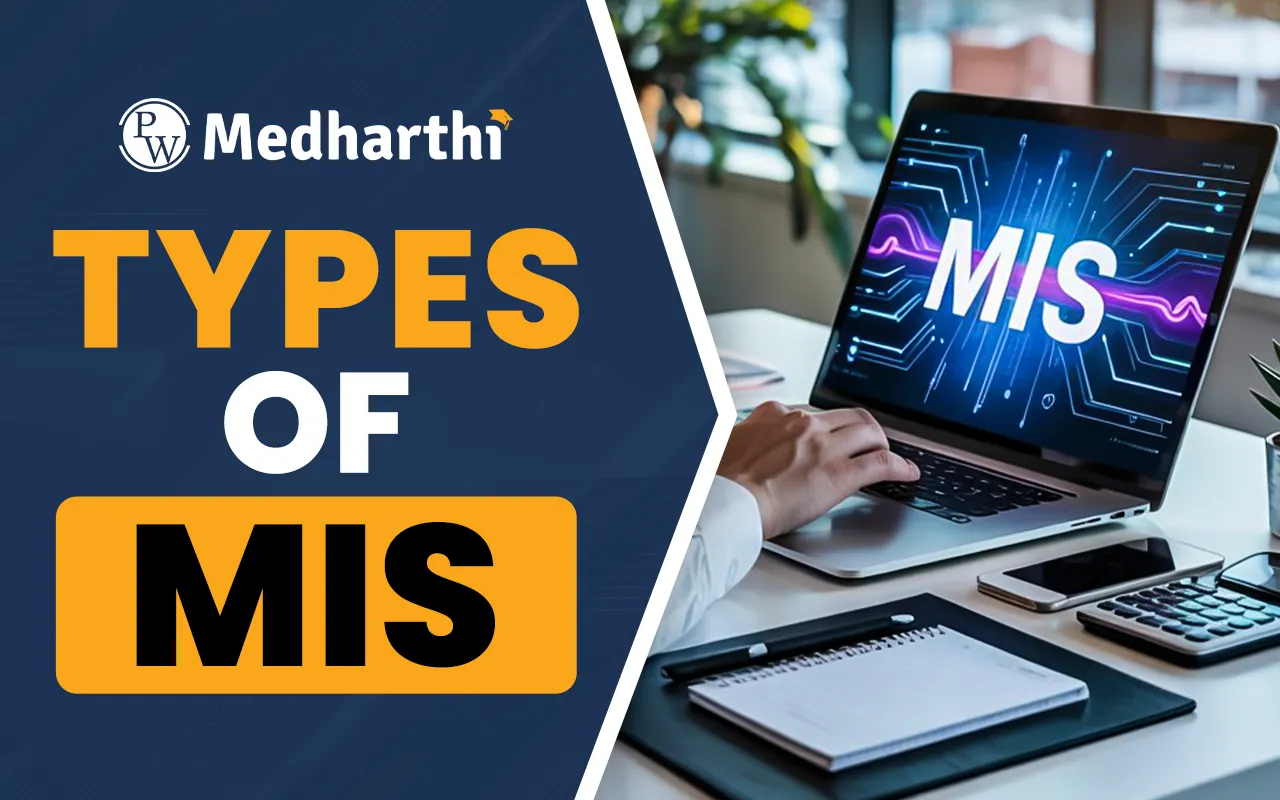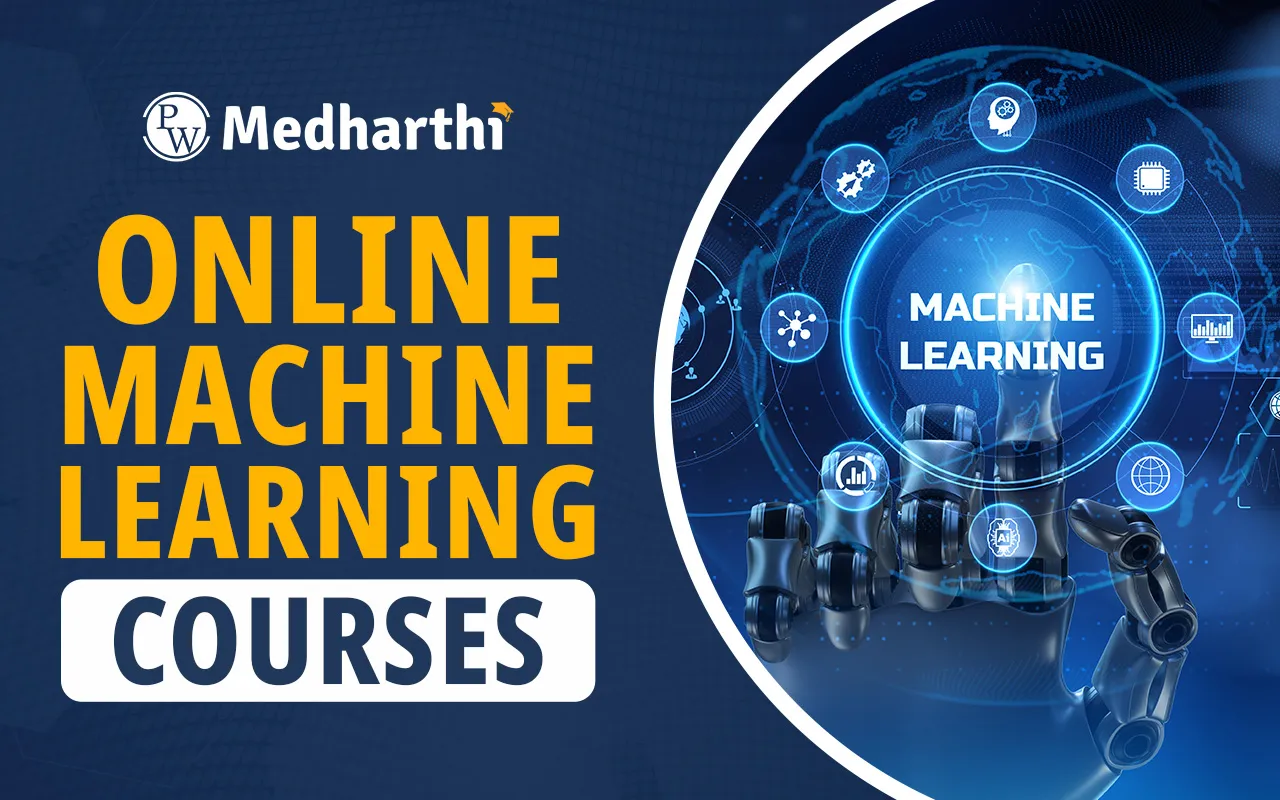

As Indian organizations navigate increasing complexities in data management and operational control, the role of Management Information Systems (MIS) has become central to business performance. These systems offer structured solutions to monitor, evaluate, and improve internal processes and external communications. MIS is not a singular technology but a category of systems, each designed to serve specific business functions. Here we dive into knowing the various types of MIS in India, offering an in-depth look at their purpose, structure, and relevance. Understanding these systems helps businesses, governments, and institutions streamline operations, enhance decision-making, and stay competitive in an evolving digital economy.
What is MIS?
Management Information System (MIS) refers to a framework that utilizes people, processes, and technology to collect, analyze, and disseminate data for managerial decision-making. It ensures that accurate, timely, and relevant information is delivered to the right individuals, enabling data-backed strategies and efficient day-to-day operations. The diversity of industries and organizational structures in India has led to the adoption of various types of MIS in India, each addressing specific functional needs across sectors.
Knowing the Types of MIS in India
The types of MIS in India are categorized based on organizational functions, levels of decision-making, and the nature of the data processed. As Indian organizations expand and face more complex challenges, the diversity and relevance of MIS applications continue to grow. Below is an in-depth look at the most widely used types of MIS in India, each tailored to serve specific business or institutional needs.
Transaction Processing System (TPS)
Transaction Processing Systems are the most fundamental types of MIS in India, focusing on recording day-to-day business transactions such as billing, payroll, order processing, and attendance management. These systems are widely used in sectors such as retail, banking, telecom, and transportation, where large volumes of repetitive tasks require accurate and timely processing. Indian banks, for instance, use TPS to manage customer transactions, while e-commerce platforms utilize it to track inventory and sales orders. TPS forms the operational base of many other MIS layers and provides the structured data necessary for more advanced decision-support systems.
Decision Support System (DSS)
Decision Support Systems are designed to help middle and upper management make semi-structured or unstructured decisions by analyzing complex datasets through modeling and simulations. These systems are especially important in sectors such as agriculture, logistics, financial services, and infrastructure planning, where forecasts, scenario evaluations, and cost-benefit analyses are required. DSS tools are increasingly being implemented by Indian policymakers for climate impact analysis, farmers for crop planning, and supply chain managers for route optimization. This type of MIS in India is crucial for organizations seeking strategic insights derived from historical and real-time data.
Executive Information System (EIS)
An Executive Information System provides senior executives with a high-level overview of key performance indicators, trends, and summaries that support long-term planning and strategic decisions. Through dashboards and visual analytics, EIS offers a consolidated view of an organization’s overall health, including financial performance, operational bottlenecks, and market growth. In India, EIS is gaining popularity among large conglomerates and government departments for its role in monitoring compliance, progress reporting, and performance evaluation across multi-layered organizational structures. It supports top-level management with actionable insights rather than raw data.
Enterprise Resource Planning System (ERP)
ERP systems are integrated platforms that unify various business functions such as finance, procurement, manufacturing, HR, and inventory under one centralized system. These types of MIS in India have seen substantial adoption among manufacturing firms, pharmaceutical companies, and even government-backed enterprises seeking greater efficiency and coordination. ERP solutions like SAP, Oracle, and Tally enable seamless data sharing across departments, reducing redundancy and enhancing productivity. By aligning cross-functional processes, ERP helps Indian organizations achieve better compliance, transparency, and scalability.
Customer Relationship Management System (CRM)
CRM systems manage the end-to-end lifecycle of customer interactions, from acquisition and engagement to retention and service delivery. In India, industries such as telecom, banking, retail, and e-commerce use CRM tools to personalize customer experiences, track support requests, and manage loyalty programs. Solutions like Salesforce and Zoho CRM are commonly deployed to store customer data, automate marketing, and monitor sales performance. As digital consumer behavior becomes increasingly important, CRM stands out among the most commercially oriented types of MIS in India.
Human Resource Information System (HRIS)
HRIS is specifically designed to manage personnel-related data including recruitment, payroll, benefits, performance appraisals, and training. Indian companies, especially in IT services, manufacturing, and the public sector, depend on HRIS to administer large and diverse workforces efficiently. These systems provide managers with real-time access to employee metrics, help streamline administrative tasks, and support compliance with Indian labor laws. By automating and integrating human resource functions, HRIS improves employee engagement and operational efficiency across organizations.
Supply Chain Management System (SCM)
SCM systems monitor and manage the entire supply chain—from raw material procurement and inventory management to product delivery. These types of MIS in India are essential for FMCG companies, logistics providers, and manufacturing units that deal with complex supply chains. Indian businesses leverage SCM tools to forecast demand, reduce waste, optimize transport routes, and maintain vendor relationships. In sectors where timely delivery and cost efficiency are critical, SCM systems provide a competitive advantage and help ensure smoother operations.
Knowledge Management System (KMS)
A Knowledge Management System captures, stores, and shares knowledge within an organization to support learning, innovation, and collaboration. In India, KMS is particularly useful in IT firms, research institutions, legal consultancies, and educational organizations where information and intellectual capital are core assets. These systems often feature document repositories, internal forums, training archives, and collaborative tools. Among the strategic types of MIS in India, KMS fosters institutional learning and helps prevent knowledge loss during staff transitions or organizational changes.
Office Automation System (OAS)
Office Automation Systems are foundational tools that support routine clerical tasks such as email communication, document creation, scheduling, and file management. Almost every organization in India—regardless of size or sector—utilizes OAS for its ability to enhance basic productivity. Applications like Microsoft Office Suite, Google Workspace, and local email servers fall into this category. Though simpler compared to other types of MIS in India, OAS plays a critical role in ensuring smooth information flow and task management.
Educational Management Information System (EMIS)
EMIS is a specialized MIS used in the education sector to manage student data, academic performance, faculty records, and institutional resources. Educational boards, universities, and government education departments in India use EMIS for policy planning, curriculum design, and monitoring learning outcomes. It helps improve administrative efficiency, academic transparency, and educational policy evaluation. EMIS plays a significant role in national programs like Samagra Shiksha and Digital India to enhance the governance of the Indian education system.
Enroll now in the PW Online Degree Course.
|
Read Also |
|
Types of MIS FAQs
What are the most widely used types of MIS in India?
How does an ERP system function in India?
What is the role of DSS in Indian companies?
Is EMIS used only in government institutions?
Why is CRM important in the Indian market?













